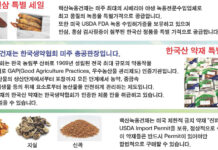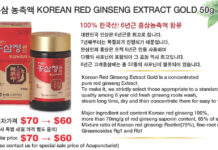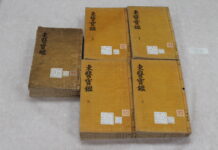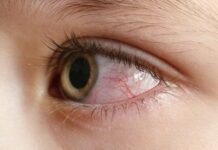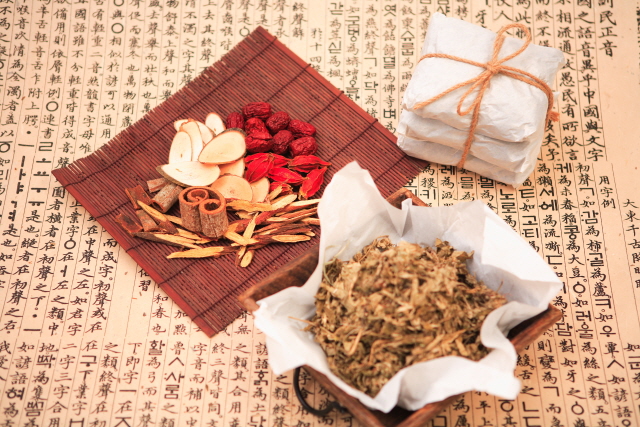
It Could Be Applied for Skin Problems and Headaches
By Ju Bong Kang, KMD
[Ingredients]
|
Houpo |
bitter, pungent, warm |
厚朴 |
12g |
|
Dahuang |
bitter, cold |
大黃 |
6g |
|
Zhishi |
bitter, pungent, slightly cold |
枳實 |
6g |
[Actions and Diagnosis]
This prescription treats constipation with abdominal pain and distention. It is used when a person has a fever due to a common cold or when body fluids are consumed due to tension, stress, and overwork. Hence, the epigastrium or the lower abdomen is firm and constipated, or when symptoms such as headache, dermatitis or skin ulcer, vomiting water appear as this state persists.
Houpo-Sanwu-Tang is similar to Xiao-Chengqi-Tang but omits Mangxiao and adjusts the doses slightly, reducing Zhishi and increasing Houpo. While Xiao-Chengqi-Tang or Da-Chengqi-Tang is used for heat-patterns with dry stools, Houpo-Sanwu-Tang is suited for cases without heat, where food stagnates in the intestines before dry stool has formed.
Among the constituent drugs in this prescription, Houpo doubles the dose of other drugs and becomes a monarch drug. This drug activates the circulation of qi, dissolves accumulation, and dries dampness, so it improves stagnant food, phlegm retention, and gas formation and restores abdominal distention, pain, and constipation.
Dahuang is a minister drug. This has the function of purging down accumulation in the bowel, clearing away heat and dissipating evil-fire, removing obstruction of blood flow and promoting menstruation, so it drives away stagnated food in the intestines, clears away dampness and heat, and dissolves the blood-stasis. Xiao-Chengqi-Tang is a strong purgative with more Dahuang and Zhishi and less Houpo. In contrast, Houpo-Sanwu-Tang works more mildly with half the Dahuang and Zhishi than Houpo. Adding Mangxiao to either makes the effect more drastic.
Zhishi is an adjuvant drug that breaks qi, dissolves accumulation, eliminates phlegm and scatters glomus. Thus, it assists Houpo and Dahuang in relieving fullness in the chest and upper abdomen, distention and pain, and constipation.
In Yao Zheng, Yosimas Todo wrote that Houpo mainly treats chest and abdominal distention; Zhishi targets lumped venom and also addresses chest and abdominal fullness and pain; Dahuang treats abdominal fullness, pain, constipation, dysuria, and incidentally, jaundice, blood stasis, and swelling.
[Contents in the Source Text]
Houpo-Sanwu-Tang treats people with abdominal pain who cannot defecate (“Jin Gui Yao Lue”).
If fluid retention and the chest are stuffy, it is treated by Houpo-Dahuang-Tang(=Houpo-Sanwu-Tang). (“Jin Kui Yao Lue”)
[Application]
The symptoms of fullness of the abdomen and epigastric pain with constipation, or fullness and pain in the epigastrium, such as vomiting water. Symptoms of severe abdominal pain and severe tenesmus due to dysentery. Atopic dermatitis, purulent dermatitis, headache, etc., show bloating and severe pressure pain when palpating the lower abdomen.
[Distinction]
Xiao-Chengqi-Tang treats more substantial excess and heat patterns than Sanwu-Houpo-Tang. Key symptoms include hard stool, abdominal fullness and pain, constipation, a strong pulse, and a yellow tongue coating.
Da-Chengqi-Tang is a more excessive pattern and heat pattern than Shao-Chengqi-Tang. The symptoms of Da-Chengqi-Tang are that the abdomen is firm, the patient complains of abdominal pressure pain, the pulse is sunken and powerful, the tongue is dry, and the fur is thick yellow or black.
Tiaowei-Chengqi-Tang: Thirst, constipation or diarrhea, abdominal pain, pressure pain, palpation resistance, uneasiness, a strong pulse, and yellow coating are key signs. Though fullness is absent due to a lack of Houpo and Zhishi, resistance and pressure pain around the navel indicate this prescription.









